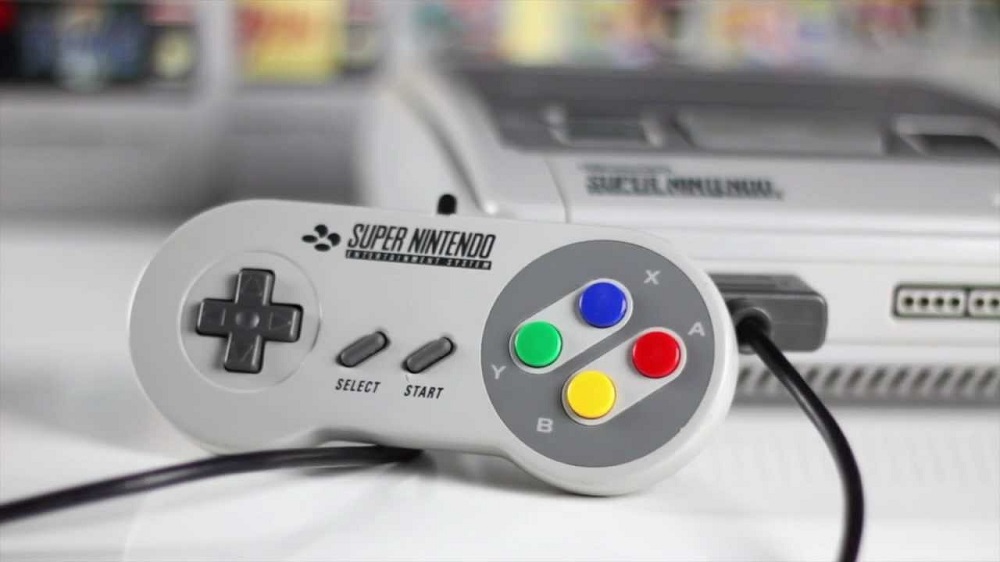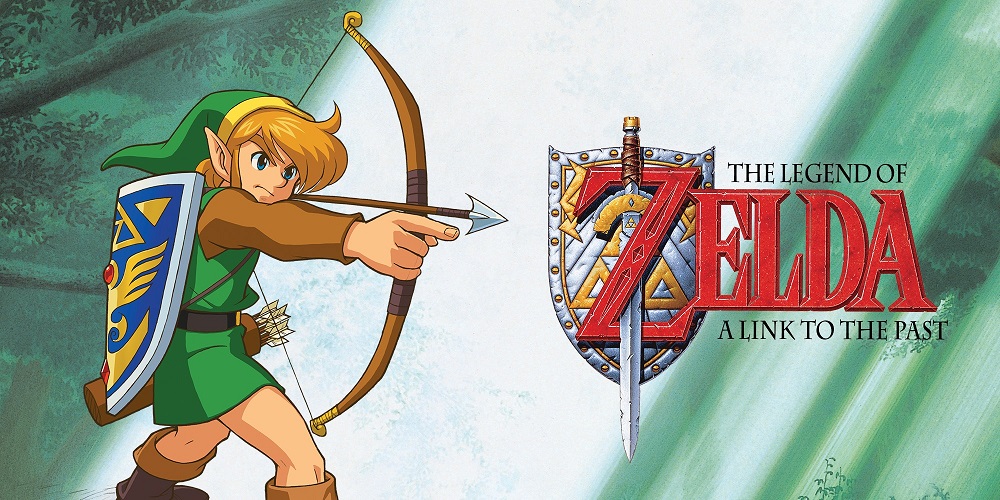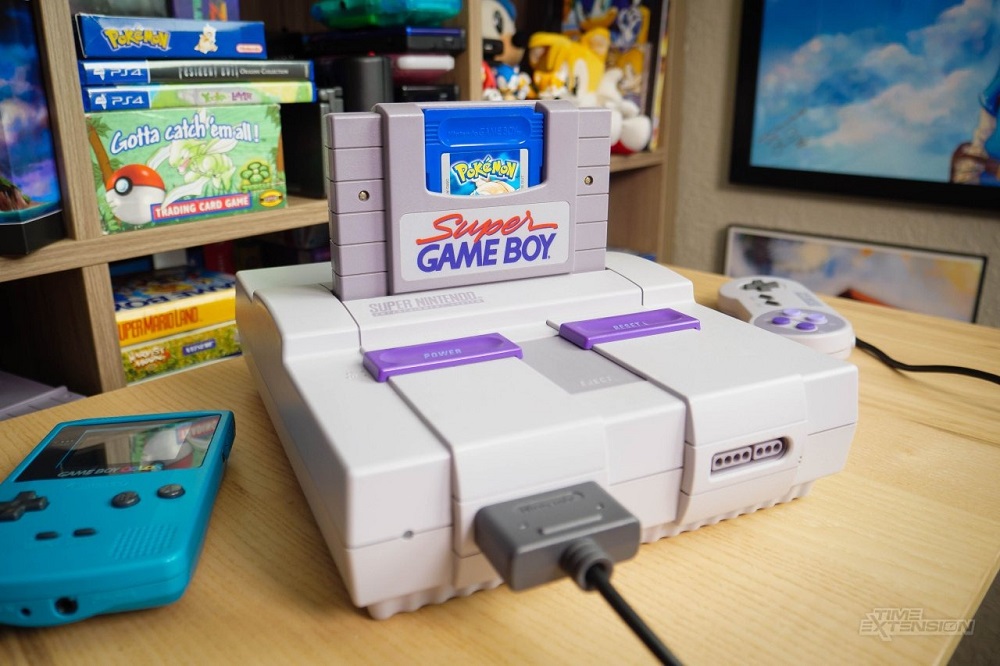When people speak about the golden era of video games, few systems evoke more nostalgia and admiration than the Super Nintendo Entertainment System (SNES). Launched in 1990 in Japan (as the Super Famicom) and 1991 in North America, the SNES cemented Nintendo’s dominance in the console market and introduced a generation to some of the most iconic games ever made. More than 30 years later, it remains a beloved staple of retro gaming culture.
The Follow-Up to a Giant
Nintendo had already revived the industry with the NES. But by the late 1980s, technology had evolved, and so had the competition. Sega’s Genesis was gaining ground, pushing Nintendo to go further.
Enter the SNES—a system that didn’t just meet expectations, but redefined them. It brought powerful new hardware, enhanced visuals, and a wave of legendary games that still influence modern developers.

The transition from 8-bit to 16-bit was more than just a number. It represented a leap in creativity and complexity. Game worlds became larger, characters more expressive, and soundtracks more cinematic. Nintendo knew the stakes—and delivered.
Technical Powerhouse with Style
The SNES introduced numerous technical improvements:
| Feature | SNES Specification |
|---|---|
| CPU | Ricoh 5A22 @ ~3.6 MHz |
| Colors | 32,768 total (256 on screen) |
| Audio | Sony SPC700 (8-channel stereo) |
| Video | Mode 7 scaling/rotation graphics |
| Cartridges | Ranged from 2 to 32 megabits |
| Controllers | 6-button with shoulder buttons |
While not as fast as the Sega Genesis CPU, the SNES made up for it with superior graphics and audio fidelity, especially with the innovative Mode 7—used in games like F-Zero, Super Mario Kart, and Pilotwings to simulate 3D environments and rotating planes.
The SNES controller was also a leap forward. It introduced shoulder buttons (L/R), setting the blueprint for modern gamepads. Ergonomic and intuitive, it helped players interact more naturally with games.
Legendary Game Library
The SNES wasn’t just a technical leap—it was a storytelling machine, enabling rich worlds and unforgettable adventures:

- The Legend of Zelda: A Link to the Past – One of the most influential action RPGs ever.
- Super Mario World – A platforming masterpiece and a launch title.
- Super Metroid – Atmospheric and groundbreaking in design.
- Chrono Trigger – A collaborative effort from Square’s finest minds.
- Donkey Kong Country – Used advanced pre-rendered graphics that stunned players.
- EarthBound – Cult classic known for quirky humor and unique art style.
- Final Fantasy VI – A dark, operatic tale that pushed the boundaries of the genre.
- Secret of Mana – One of the first multiplayer action RPGs.
- Yoshi’s Island – A creative, hand-drawn visual style that still feels fresh today.
Third-party developers flourished on the SNES, from Squaresoft, Capcom, Konami, to Enix—each producing titles that remain in best-of lists to this day.
SNES vs. Genesis: The War of Identity

The SNES wasn’t just competing in hardware—it was competing in culture.
While Sega leaned into attitude, speed, and edge, Nintendo’s approach was craftsmanship and trust. The result? A playground rivalry for the ages.
Both systems had their champions, but in the end, the SNES outsold the Genesis globally, with ~49 million units to Sega’s 35 million.
To understand the broader war, read our article on Sega Genesis vs. SNES: The 16-Bit Console War.
This rivalry shaped marketing, game development, and fan loyalty. It introduced players to concepts like console exclusives, brand mascots (Mario vs. Sonic), and the fierce debates that still echo today.
Innovation Beyond the Console
Nintendo innovated not just within the console, but also through accessories and game design:

- Super Game Boy – Let you play Game Boy games on SNES.
- Multitap support – Games like Bomberman supported up to 5 players.
- FX Chip – Enhanced games like Star Fox with 3D polygonal graphics.
- Battery saves – Allowed saving progress directly onto the cartridge.
- Satellaview (Japan) – An experimental add-on that let players download games via satellite broadcast.
These features made the SNES adaptable and future-facing. It showed that hardware wasn’t static—it could be expanded and evolved.
Cultural Legacy
The SNES played a huge role in solidifying gaming as a mainstream form of entertainment:
- It had wide appeal: from children to adults, casual players to hardcore fans.
- It inspired the rise of speedrunning, ROM hacking, and fan translations.
- Many SNES games are still celebrated and sold today on digital platforms and re-releases.
- The SNES Classic Edition, launched in 2017, sold over 5 million units—proof of enduring appeal.
- Music from SNES games continues to be remixed, performed live, and honored by fans.
The SNES also helped define what it meant to be a Nintendo fan. Its values—innovation, creativity, polish—still permeate Nintendo’s design philosophy today.
Conclusion
The SNES wasn’t just a console—it was a canvas for creativity, a battleground for rivalry, and a gateway into magical worlds. From Super Mario World to Chrono Trigger, it offered moments that defined childhoods and inspired generations.
While technology has advanced, the SNES’s influence remains deeply embedded in game design, aesthetics, and culture. Indie developers today still take cues from SNES-style visuals and sound. Fan communities keep the legacy alive through mods, tournaments, and restorations.
At Oldies Nest, we honor the systems that built our love for gaming—and the SNES stands tall among them.
🎮 Long live the Super Nintendo.

Comments
Loading comments...